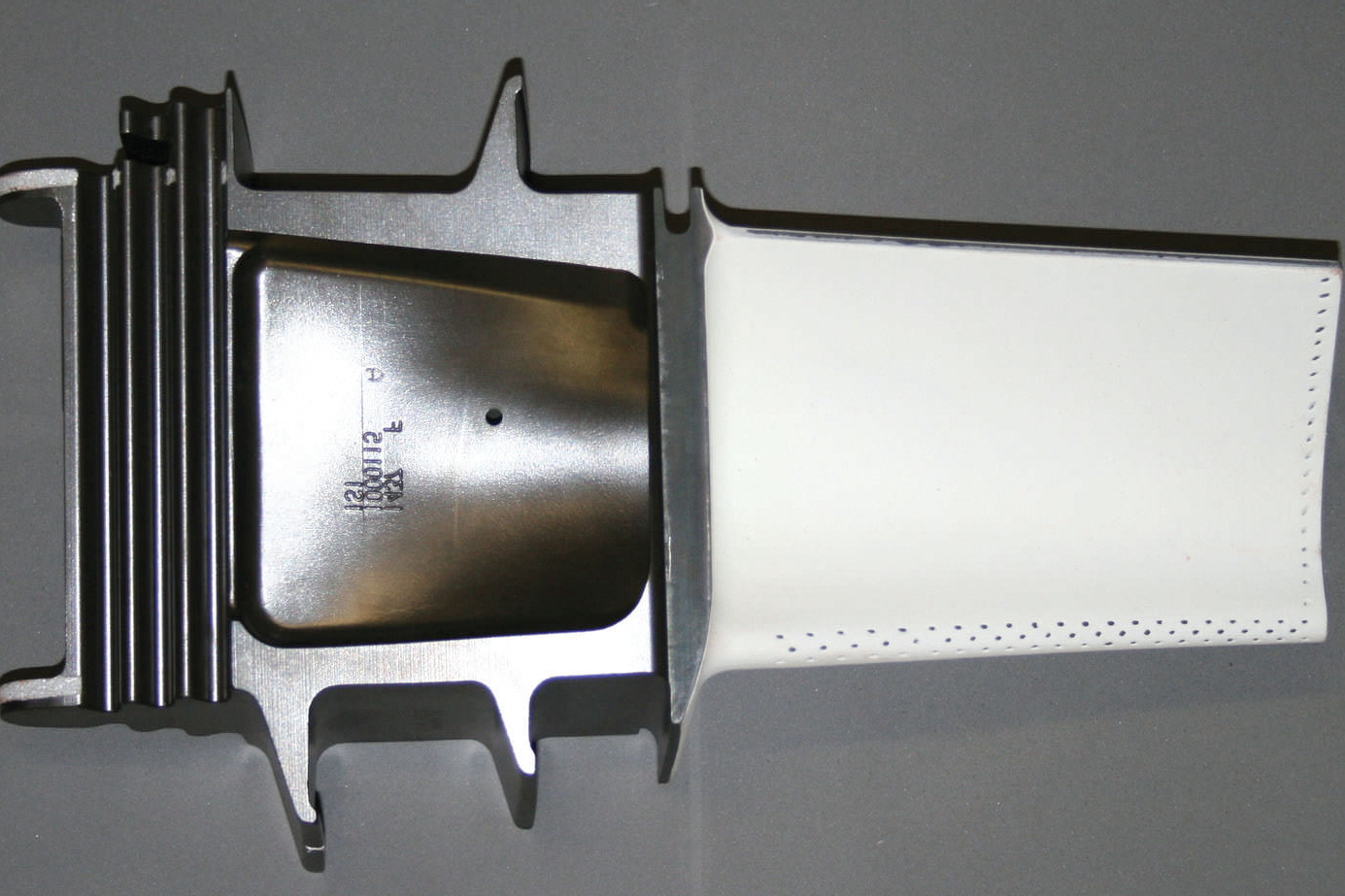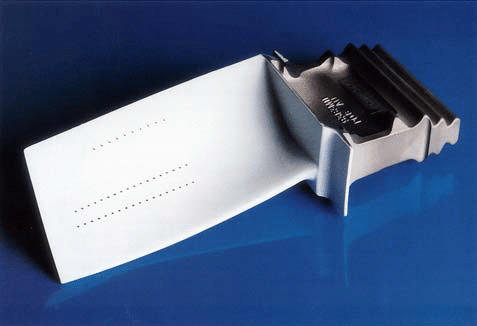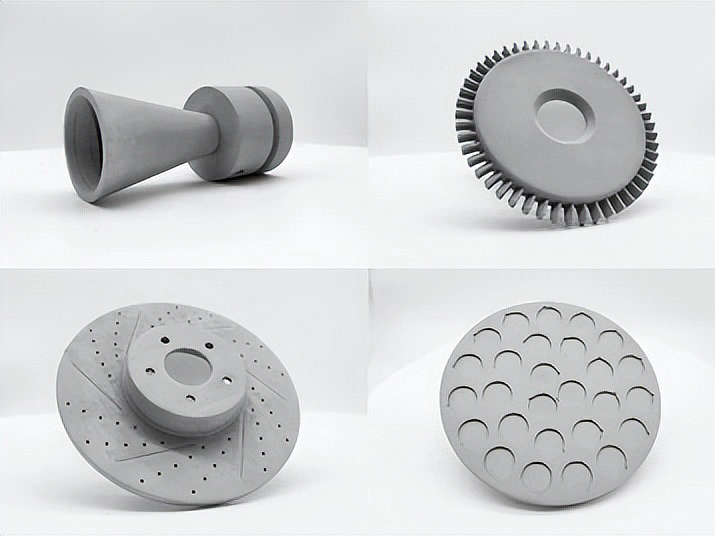What are the main advantages of ceramic 3D printing compared to traditional methods?
What Are the Main Advantages of Ceramic 3D Printing Compared to Traditional Methods?
1. Complex Geometries with No Molds Required
Ceramic 3D printing enables the creation of intricate geometries—such as internal channels, thin-walled structures, lattices, and undercuts—that are extremely difficult or impossible to produce using traditional slip casting, injection molding, or machining. Technologies like Ceramic 3D Printing allow direct fabrication from CAD without tooling, making it ideal for prototyping or low-volume production of custom components.
2. No Tooling Cost and Faster Turnaround
Conventional ceramic manufacturing requires molds, dies, or tooling, which are expensive and time-consuming to produce. In contrast, 3D printing is a digital process that eliminates mold fabrication. This drastically reduces lead times and upfront costs, making it particularly advantageous for low-volume production, R&D, and design iteration.
3. High Material Utilization and Minimal Waste
Ceramic 3D printing produces parts with minimal material loss. Traditional subtractive techniques such as grinding and milling waste significant amounts of brittle and expensive ceramics. Additive manufacturing builds parts layer by layer with precise control, improving sustainability and reducing material cost.
4. Greater Design Flexibility and Customization
3D printing supports the on-demand fabrication of application-specific designs. This is valuable in industries such as medical, aerospace, and energy, where part geometry must be customized for functionality, fit, or thermal/mechanical load requirements. Custom ceramic parts like heat shields, electrical insulators, or bone scaffolds can be printed with high accuracy using materials such as Zirconia, Alumina, and Silicon Nitride.
5. Scalability for Short Runs and Rapid Prototyping
Ceramic 3D printing is highly efficient for short-run production and prototyping. Traditional methods are inefficient at small scale due to long setup and tooling costs. Additive manufacturing allows design-to-part production in days, accelerating development cycles for high-performance ceramics in consumer electronics, industrial tooling, and advanced research.
6. Controlled Porosity and Functional Gradients
Advanced ceramic 3D printing processes enable the design of functionally graded materials and engineered porosity. This is beneficial in filters, thermal barriers, or bioactive implants where tailored permeability or thermal conductivity is required—capabilities not achievable through casting or pressing.
Recommended Ceramic 3D Printing Services
Neway offers a wide selection of technical ceramic 3D printing materials and services:
Zirconia (ZrO₂): For wear resistance and thermal insulation
Alumina (Al₂O₃): For electrical and chemical stability
Silicon Nitride (Si₃N₄): For high-strength, thermal shock applications
Boron Carbide (B₄C): For lightweight armor and abrasives
Ceramic Surface Treatment: For polishing and functional coatings



